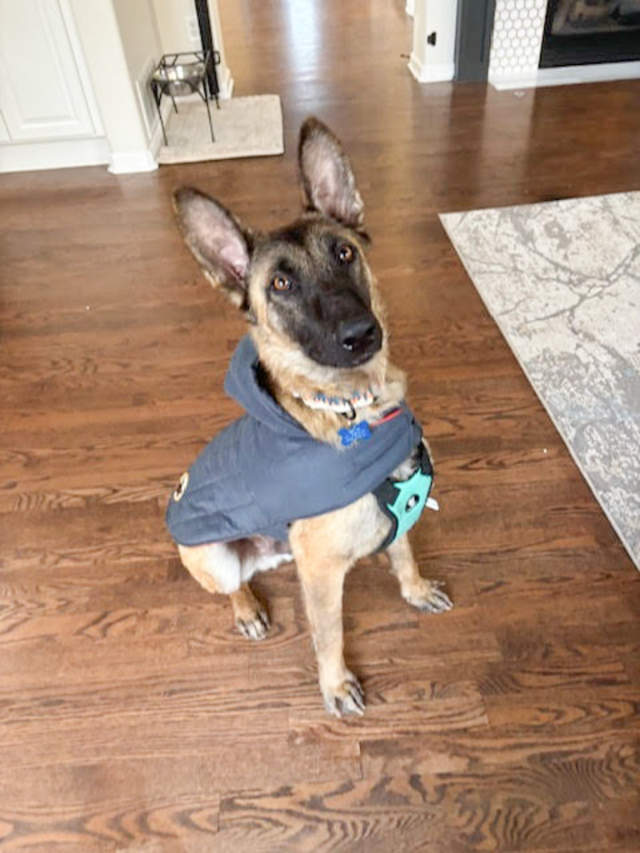March 2014 – The power of YES
Typically when people call me for training, it’s because their dog is practicing some undesirable behaviors they are looking to put a stop to. I completely understand where they are coming from. I also know that it is human nature to focus on the things that bother us. One way to train ourselves out of this – and our dogs out of their bad habits – is to use the power of YES. Before we begin telling a dog what not to do, she must understand what she should be doing instead. My challenge to you for the next several weeks is to focus exclusively on encouraging your dog when she is doing good things; you may just be surprised by how much better behaved she becomes.
Psychologically, animals function in the moment and must be given real-time information about their actions. It is usually impossible to reward a dog with food the moment she performs a desired behavior. So, if your dog complies with a “down” command but is 50 feet away and it takes you 10 seconds to walk over with her coveted piece of chicken, how can you possibly identify the specific action that earned it for her? By using a verbal “marker”, of course! Being supplied with auditory feedback (a “YES” the instant she lies down) allows her to pinpoint the behavior you like. You will achieve your training goals much faster this way because she is crystal clear about what you want from her.
The first order of business, then, is conditioning an association between the marker – the “YES” – and the food reward. There are different ways to do this but the simplest is to stand in front of your dog with a handful of yummy snacks, say “YES”, and then give her a bite-sized goodie. You’ll want to do this across two or three separate training sessions and do about 30-50 repetitions each time. Your goal is simply to establish a cause-and-effect relationship in your dog’s brain between the word “YES” and the food reward, so she doesn’t need to do anything to earn it at this stage. It is also important that you insert a momentary pause between the time you issue the marker and the time you deliver the food. In other words, start reaching your hand forward to give her a treat only after you’ve said “YES” and paused for a second.
Once this task is done, you can begin using your marker to capture and reward any behavior you desire. Every time she does something you like, tell her “YES” and then give her a treat. If she is acting naughty, withdraw your attention and pretend you aren’t aware of her existence. For example, if she starts demand-barking at you, saying in effect “Give me a treat!” you can break eye contact with her and yawn as you walk over and sit at your computer to work. When she stops pitching a fit and lies down quietly at your feet for several minutes, you can reward her once again.
A couple of things to keep in mind: make sure your marker is delivered on time (issued while your dog is practicing the wanted behavior) – the actual reward can be given several seconds later and the timing isn’t as important. Also, a “YES” is a promise for food. If you don’t have any with you, don’t say it – just tell her “good girl” and love on her a little.
The power of YES is a fundamental principle we will build on in our next instalment of Brian’s Bite-sized Behavior Bits.
Content Copyrighted 2014. Brian Bergford. All Rights Reserved.

